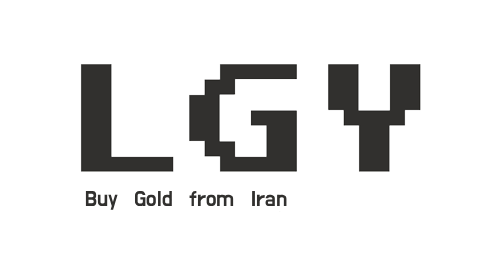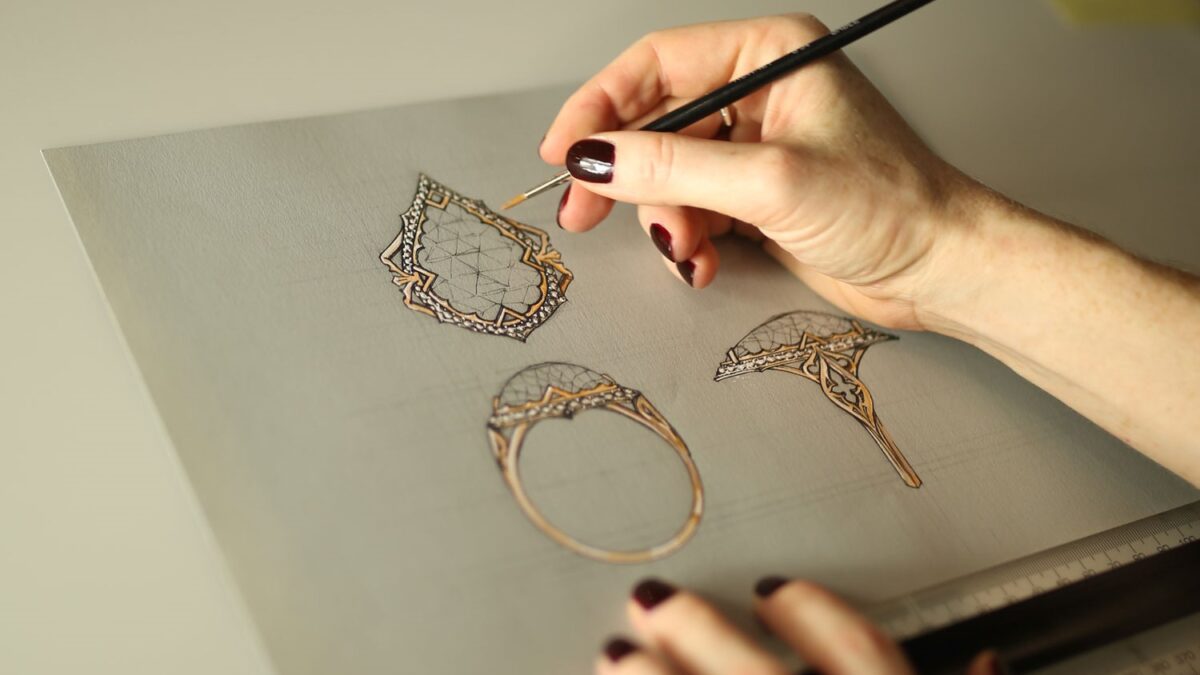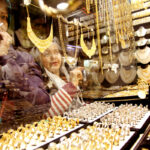
Analyzing the Market for Iranian Jewelry in Different Countries: Global Demand and Trends
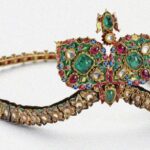
The Role of Gold in Persian Royalty and Nobility
Interviews with Top Iranian Jewelry Designers: Insights into Inspirations and Design Trends
Iranian jewelry design has a rich history that merges traditional craftsmanship with contemporary trends, creating stunning pieces that reflect Persian artistry while appealing to modern tastes. Iranian jewelry designers are at the forefront of this evolution, drawing inspiration from their cultural heritage, the natural world, and global trends to craft unique pieces that resonate both locally and internationally.
In this post, we dive into conversations with leading Iranian jewelry designers, exploring their inspirations, their views on design trends, and how they balance tradition with modernity in their creations.
1. Parisa Adib – Blending Persian Calligraphy with Modern Minimalism
Parisa Adib, an internationally recognized jewelry designer, is known for her unique combination of Persian calligraphy and minimalist design. Her work reflects a deep connection to Persian literary heritage, often featuring quotes from classical Persian poets like Rumi and Hafez, engraved onto simple, modern shapes.
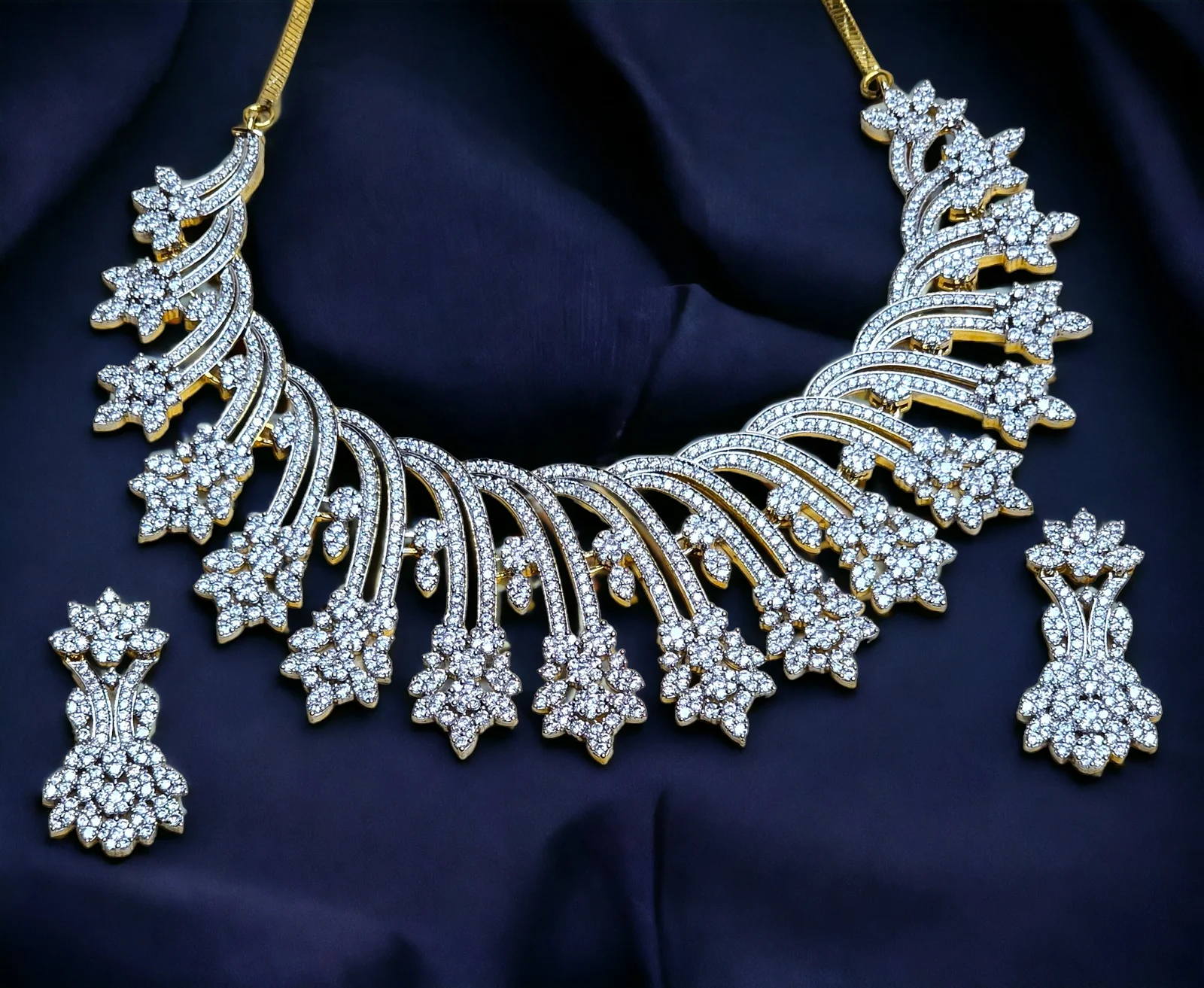
Parisa Ad Jewelry
Interview Highlights
Q: What inspires your use of Persian calligraphy in your designs?
Parisa Adib: Persian calligraphy has always been a significant part of our culture, and for me, it’s a way to express the beauty of our language. I draw inspiration from the poetry of Rumi and Hafez, as well as classical Persian texts. The fluidity and elegance of the script align perfectly with the simplicity I aim for in my designs. It’s about blending heritage with modern elegance.
Q: What are the current trends in Persian-inspired minimalist jewelry?
Parisa Adib: Right now, I see a growing demand for personalized, understated jewelry. People want to wear pieces that feel meaningful, like a single word or a short verse engraved in Persian script. At the same time, geometric shapes and clean lines are becoming more popular. I think the trend is moving toward minimalism with an emphasis on personal and cultural expression.
2. Leila Maleki – Merging Tradition with Contemporary Craftsmanship
Leila Maleki is celebrated for her intricate designs that combine Persian architectural motifs and traditional Iranian craftsmanship with contemporary aesthetics. Her jewelry often features geometric shapes inspired by Islamic architecture and ancient Persian symbols.
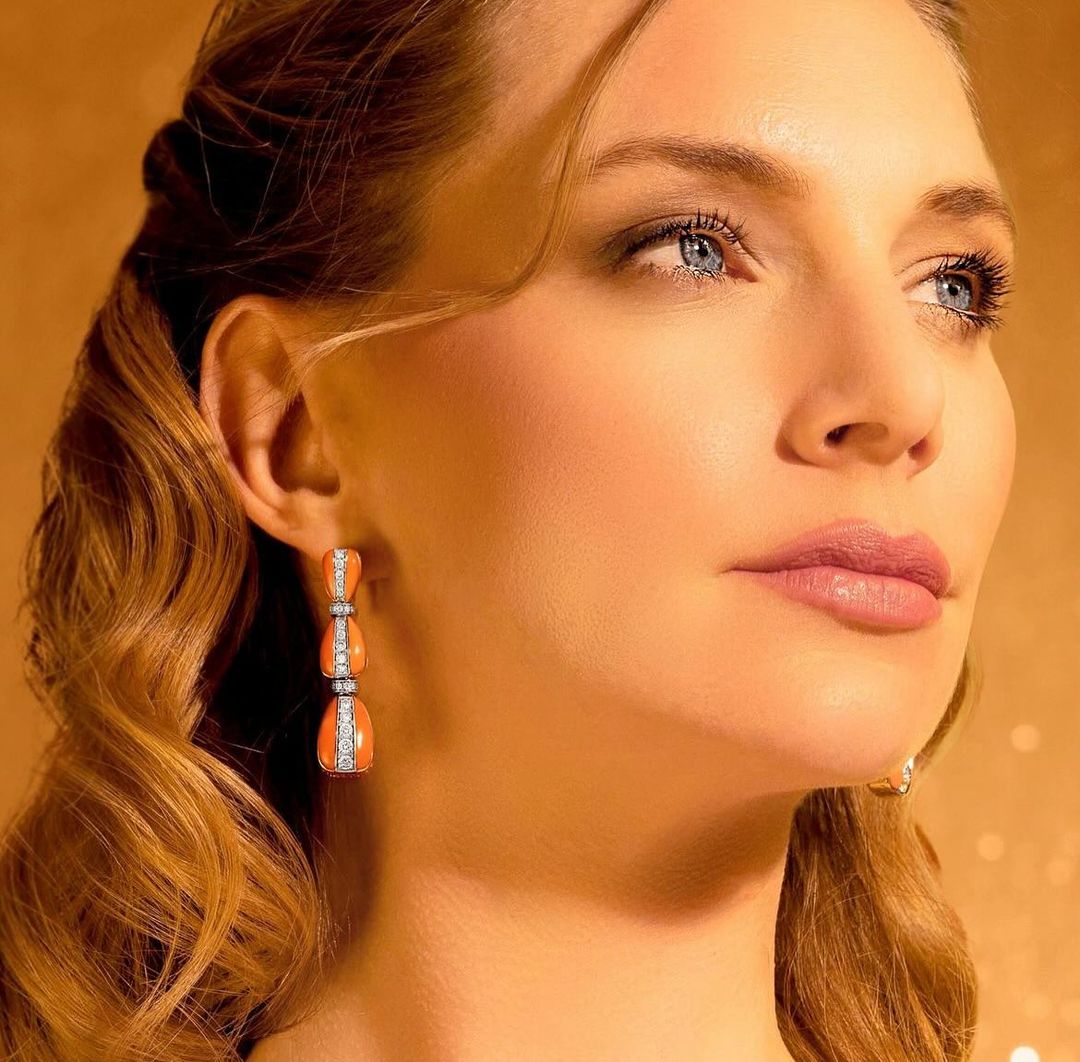
Leila Maleki
Interview Highlights
Q: How do you incorporate Persian architectural elements into your designs?
Leila Maleki: Persian architecture has a wealth of geometric patterns, and I love the symmetry and balance it represents. I take inspiration from mosaics, domes, and arches seen in historical Persian buildings, like the mosques in Isfahan. My goal is to bring the essence of these timeless structures into jewelry that can be worn every day, creating a connection between the wearer and our cultural history.
Q: What design trends are you noticing in the Iranian jewelry world?
Leila Maleki: There’s a big trend toward modular jewelry that allows the wearer to mix and match different pieces. I also see a rise in sustainable practices, where designers are focusing on using recycled metals and ethically sourced stones. Additionally, there’s an appreciation for handcrafted details—people want to know the story behind their jewelry, who made it, and how it was crafted.
3. Shirin Keyhani – Reviving Persian Mythology and Symbolism
Shirin Keyhani is known for bringing Persian mythology to life in her bold, statement jewelry pieces. Her designs frequently feature symbols like the Simurgh (a mythical bird representing strength and rebirth) and the Faravahar (a Zoroastrian symbol of divine guidance). Her work is celebrated for its modern interpretation of ancient symbols, making traditional concepts more accessible to contemporary audiences.
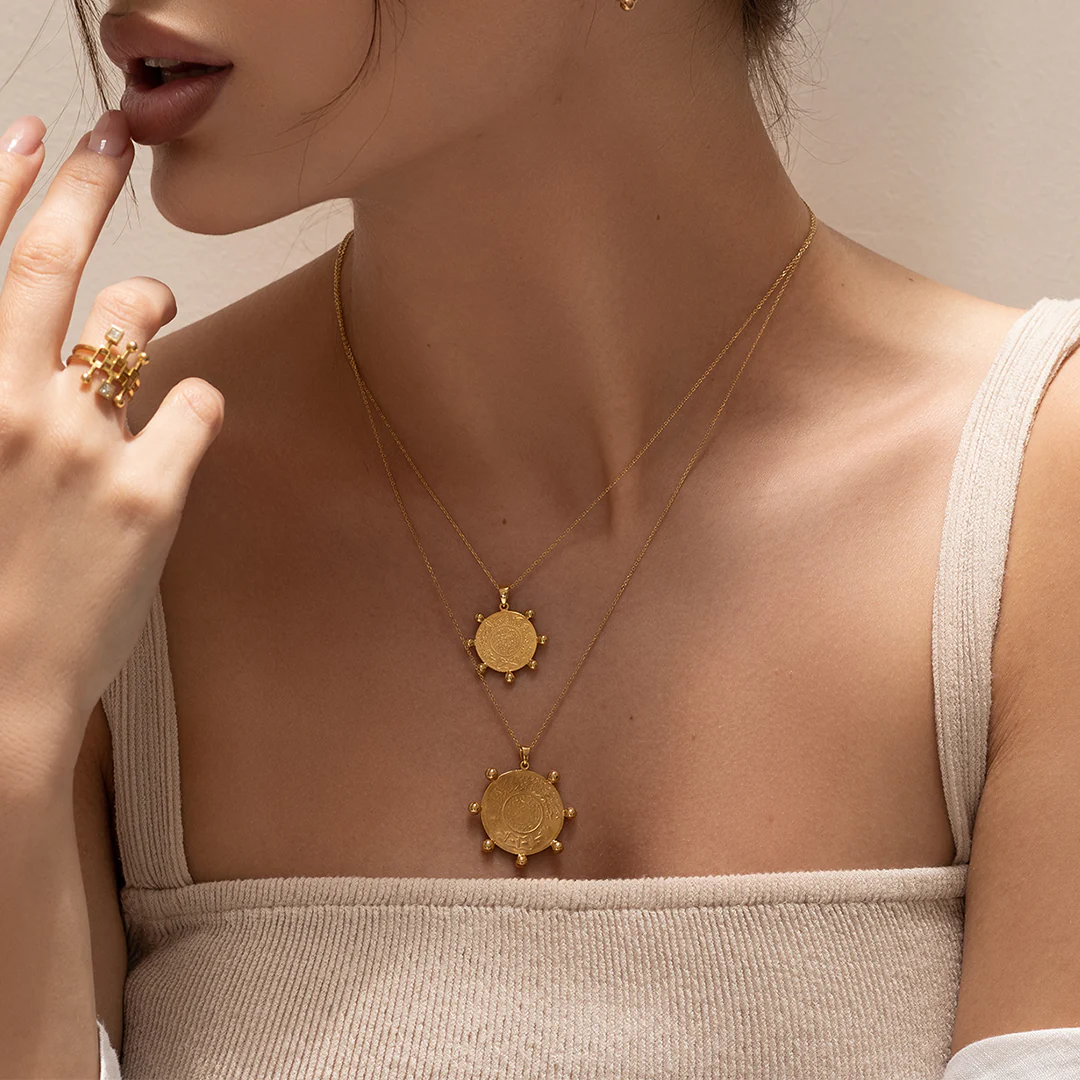
Shirin Keyhani Jewelry
Interview Highlights
Q: What draws you to Persian mythology as a theme for your jewelry?
Shirin Keyhani: Persian mythology is incredibly rich with symbols that have stood the test of time. The Simurgh and Faravahar are just two examples of symbols that speak to spirituality, strength, and transformation. I’ve always been fascinated by how these stories resonate with modern audiences. My designs are about making these ancient symbols relevant today, in a way that empowers the wearer and connects them to something deeper.
Q: What current trends are shaping your work?
Shirin Keyhani: I’ve noticed that many customers are looking for jewelry that carries a deeper meaning—whether it’s spiritual, symbolic, or personal. There’s also a lot of interest in mixed materials—combining precious metals with natural stones, or even incorporating more organic shapes into the designs. People want something that feels authentic and timeless, but also unique to them.
4. Sara Shahriari – Exploring Enamel Work (Minakari) in Contemporary Design
Sara Shahriari has become a leading figure in the revival of Minakari, the ancient Persian art of enamel work. She takes this traditional technique and blends it with contemporary design elements, resulting in colorful, modern pieces that highlight the beauty of Persian craftsmanship.
Interview Highlights
Q: What inspired you to focus on the ancient art of Minakari?
Sara Shahriari: Minakari is such a beautiful, intricate art form that has been part of Persian culture for centuries. I was drawn to it because of its vivid colors and the way it adds dimension to gold and silver jewelry. My designs are about merging the traditional Minakari technique with more modern, minimal settings so that they appeal to a wider audience.
Q: What are some trends you see in the enamel jewelry space?
Sara Shahriari: Right now, there’s a trend toward color-blocking and bold, contrasting colors in jewelry. I see a lot of interest in statement pieces that use enamel work to make an outfit pop, but also delicate, everyday pieces that feature just a touch of color. Customization is also huge—people want to choose their color combinations and personalize their jewelry.
5. Nima Bahrami – Crafting Modern Pieces with Traditional Persian Techniques
Nima Bahrami is known for his innovative use of traditional Persian jewelry-making techniques in creating sleek, modern designs. His work often features filigree and granulation but with a minimalist twist, bringing traditional Iranian techniques to a new, global audience.
Interview Highlights
Q: How do you incorporate traditional Persian techniques into modern designs?
Nima Bahrami: I believe in preserving Persian craftsmanship, especially techniques like filigree and granulation, which have been passed down for generations. I love taking these traditional methods and simplifying the designs to create something more minimalist and modern. It’s about maintaining the soul of the technique but adapting it to contemporary tastes.
Q: What are the design trends you’re seeing in the market?
Nima Bahrami: Minimalism is a trend right now, but there’s also a demand for pieces that have a handcrafted feel—where you can see the skill and effort that went into making it. People are moving away from mass-produced items and are looking for something more personal and unique. I also see a growing interest in unisex designs, where jewelry can be worn by anyone, regardless of gender.
Conclusion: A Blend of Tradition and Innovation in Iranian Jewelry Design
These interviews with top Iranian jewelry designers provide a glimpse into how they balance traditional Persian techniques with modern design trends. Whether they are inspired by Persian mythology, architectural motifs, or the delicate art of calligraphy, these designers are bringing Iranian craftsmanship to a global audience in innovative ways.
At LetsGoYelo, we celebrate these diverse and talented designers by offering a curated collection of contemporary Iranian jewelry. Explore our range of handcrafted pieces that blend tradition with modern style, and discover how Persian artistry can enrich your jewelry collection!
